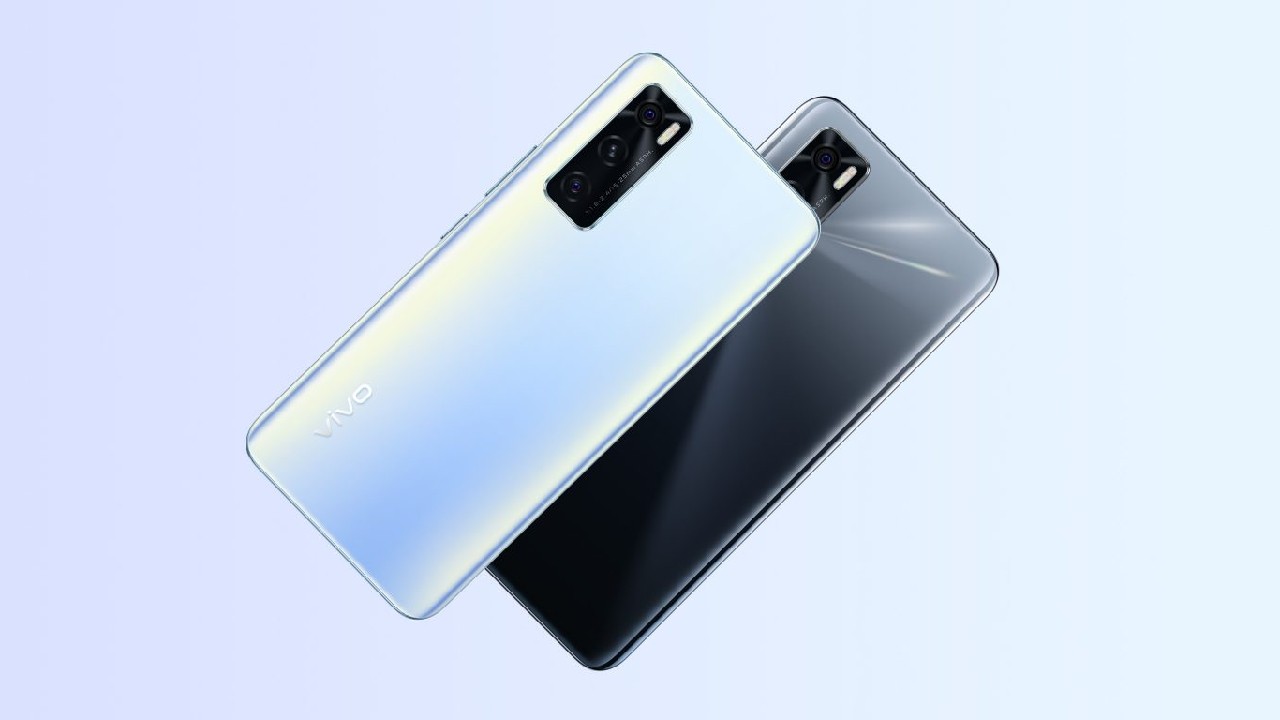In the era of mobile imaging smartphones have become an integral part of our lives and vivo has explored its frontiers, continuing to innovate its technical aspects and launching a new generation of imaging chipset.
The new imaging chipsets from vivo
The smartphone maker has innovated the technical aspects of imaging from the point of view of optics, computing power and algorithmsfocusing in parallel on critical issues and perfecting color appearance, night scenes, portraits, sports contexts and video modes.
vivo’s goal is to offer its users a professional experience e innovativewith features that can be used easily by consumers.
Precisely in this ambit vivo announced the Video Imaging Technology Matrixwhich is a technology matrix that sets new standards for the imaging capabilities of products, making them more competitive on a professional level.
Vivo Imaging Technology Matrix
Vivo has created powerful imaging technology modules, including Optical Sensing System, Colour Restoration Engine e Accelerated Computing Enginewhich allow smartphones to efficiently process information related to color, tone and image quality.
Ambient Sensing technology allows users to perceive their surroundings as a professional would, recognizing in-scene color temperature, lighting and other information for optimal results.
With the support of technology VCS Bionic Spectrumthere is greater control of image noise and color rendering, thanks to a new generation sensor that improves the signal-to-noise ratio by 20% and the color rendering by 15% compared to the previous sensor IMX866.
And for the night scene? vivo has also thought of this, inducing Hyper-Sense Portrait System e Vast-Skt Night Systemfor even more precise semantic extraction and optimization.
Innovation “made by vivo”: the new generation custom chipset
Per l’hardware, alive presented the latest generation custom imaging chipset, useful for dealing with the most complex application scenarios of multi-camera systems for smartphones. This new generation of custom chipset imaging uses the architecture AI-ISPbringing the low latency and high efficiency of traditional ISP to real-time computing AI architecture.
The circuit MAC a 10-bit is customized to efficiently run 10-bit operations, reducing inference latency by up to 96% compared to traditional NPUs and improving power efficiency by 200%.
Vivo’s next generation chipset includes of updates with important features, such as:
- the upgrade of the on-chip memory unitwhich makes it possible to reach a data transmission speed of 1.3 trillion bits per second and guarantees incredible computing power;
- the upgrade of the AI computing unit, which makes it possible to achieve an ultra-high energy efficiency ratio. In addition, the DLA peak energy efficiency ratio reaches 16.3 trillion operations per watt and establishes a new frontier of computing power in the industry;
- the image processing unit has been upgradedwhich is useful for enhancing the effects of AI-NR noise reduction algorithms, HDR tone blending, and MEMC frame interpolation, allowing users a better photo capturing experience;
- il CMOS sensordesigned for next generation products and with a 77% higher light sensitivity capacity than NGV.
Multi-scenario applications of imaging technology to enhance professional creativity
vivo has been working based on the main photographic needs of the users, focusing on the development of its technology in the three most interesting scenariosi.e. shots of landscapes, portraits and videos.
To ensure high performance of smartphones in terms of color, tone and image quality, vivo has built the “real world – imaging system – post-processing algorithm” path, based on the technology of perception of the environment and the Colour Restoration Engine.
Portrait
In the shot of a portrait it is important to take into consideration three aspects: identification, embellishment and atmosphere. Vivo’s portrait processing technology works to make the skin look more natural by processing the integration of people and the environment in terms of tone, color, brightness and blur to achieve a harmonious and natural effect of people and scenes.
Video capture
vivo has simplified the LOG mode and the complex process of color mixing in post-production and developed HDR standard video recording and display with dynamic metadata, supporting a scolor space BT.2020 wider, a 10-bit color depth e 1.07 billion colors.
In this way, vivo is able to make the most of the light and dark atmosphere of a place or scene, with a variety of styles of cinematic 3D color LUTsto create a cinematic experience with little.
The global partnership with ZEISS for mobile imaging
Two years ago, in 2020, I live and ZEISS have entered into a global imaging partnership. In the future the two partners further develop optical quality standards for mobile imaging and explore camera module miniaturization.
The partnership aims to create more exciting mobile imaging experiences and bring the performance of smartphone photography to an ever more professional level.
The imaging system co-engineered by vivo and ZEISS, the customized algorithm, chipset, and hardware and software system upgrades, greatly improved the performance of color, tone and image quality, providing users with realistic images lively and dynamic.
For this reason, vivo will continue on this path to continue offering innovative technologies in the field of mobile imaging.
To continue to stay updated on vivo news, please click on the following link.















Leave a Reply
View Comments